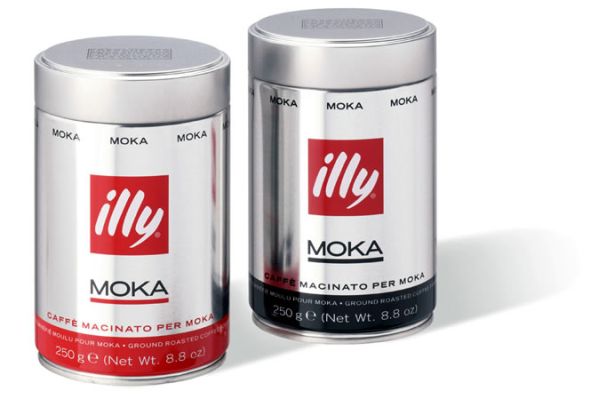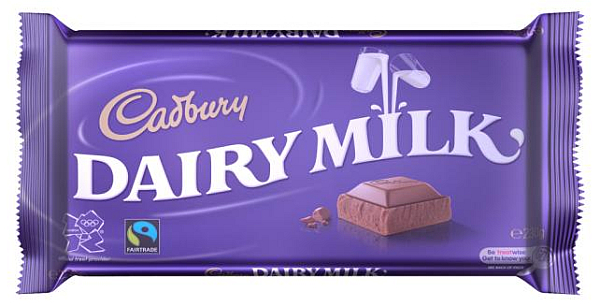| ← Февраль 2010 → | ||||||
|
5
|
6
|
7
|
||||
|---|---|---|---|---|---|---|
|
13
|
14
|
|||||
|
20
|
||||||
|
27
|
28
|
|||||
За последние 60 дней ни разу не выходила
Сайт рассылки:
http://popsop.ru/
Открыта:
22-05-2008
Статистика
0 за неделю



